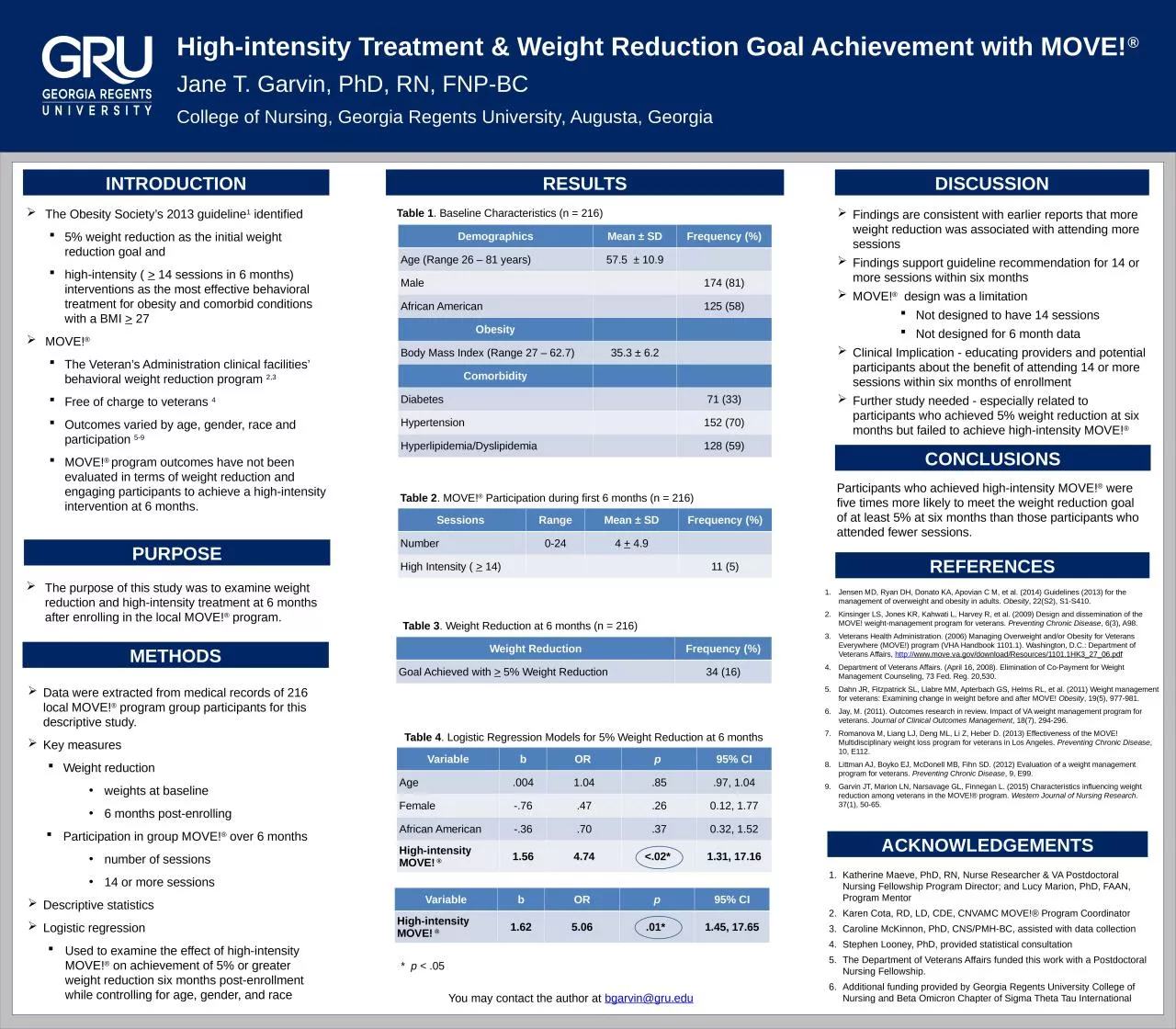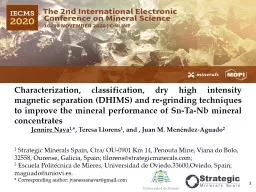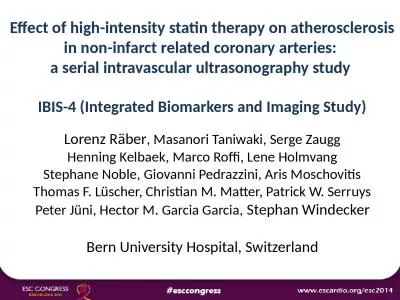PPT-High-intensity Treatment &
Author : eleanor | Published Date : 2024-02-09
Weight Reduction Goal Achievement with MOVE Jane T Garvin PhD RN FNPBC College of Nursing Georgia Regents University Augusta Georgia METHODS DISCUSSION INTRODUCTION
Presentation Embed Code
Download Presentation
Download Presentation The PPT/PDF document "High-intensity Treatment &" is the property of its rightful owner. Permission is granted to download and print the materials on this website for personal, non-commercial use only, and to display it on your personal computer provided you do not modify the materials and that you retain all copyright notices contained in the materials. By downloading content from our website, you accept the terms of this agreement.
High-intensity Treatment &: Transcript
Download Rules Of Document
"High-intensity Treatment &"The content belongs to its owner. You may download and print it for personal use, without modification, and keep all copyright notices. By downloading, you agree to these terms.
Related Documents














